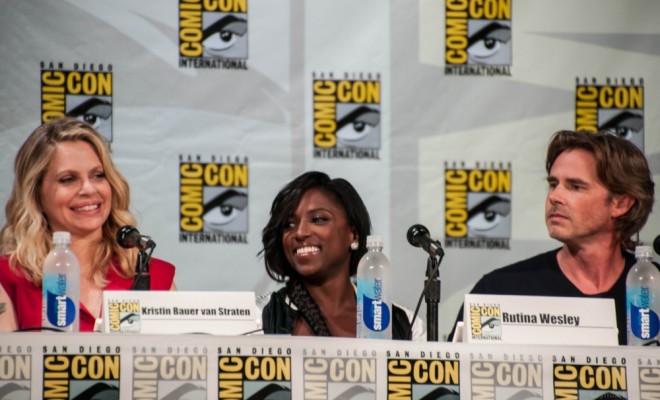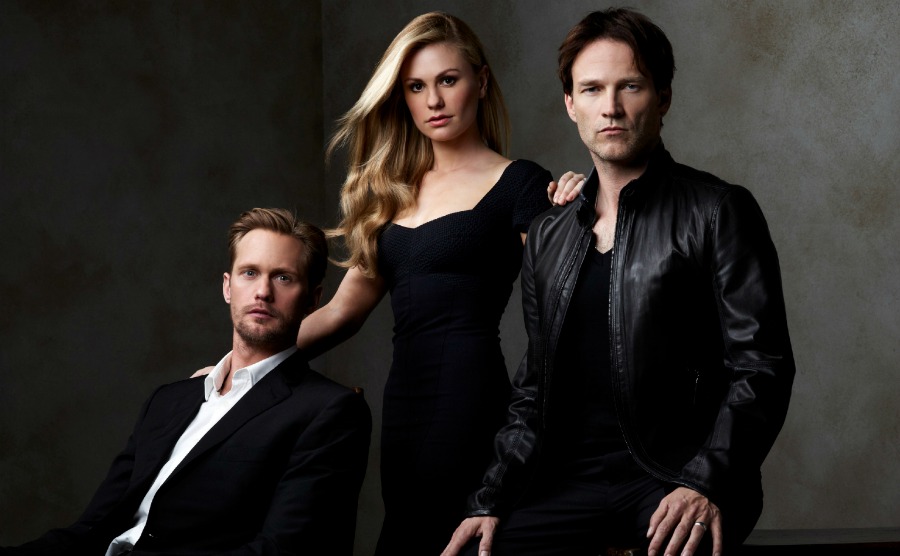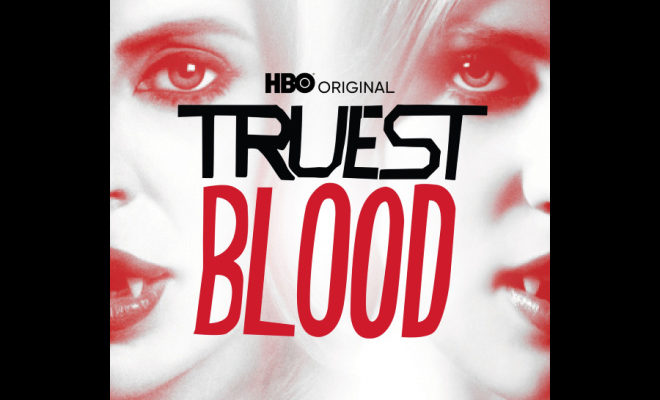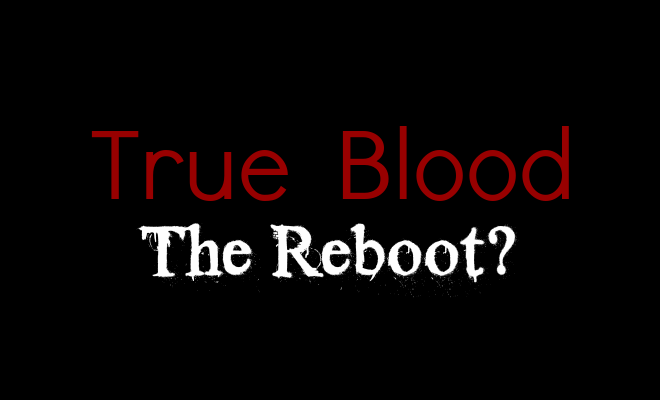Vampires, Love and Sex
Tara: Do you think they can love a person?
Lafayette: Who knows what they can do. (Episode Six: True Blood)
In our little Sookieverse, the thing we are most interested in is the love story between Bill and Sookie and possibly another attractive Vampire (You know, old what’s his name? Don’t want to do any spoilers, but you know who I mean Grin).
Sexuality and love are underlying themes of Vampire lore. If you consider the tale of Lilith and Adam, the story of Vlad and his doomed lover Elisabet, and Dracula and Mina, love and sex are the primary cause of their ferocity. But can we say that Vampires love?
Ancient tales of Vampire love are troubled and full of conflict. Some Vampires are pretty cold emotionally and remorseless. Think Elizabeth Bathory who was guilty of rape and murder. She simply used her blood lust to indulge in all forms of taboo. The legend of Vlad Tepes includes the story that his wife was holed up in his castle while he was fighting the Turks. The Turks wanted to weaken moral of his castle by sending a notice that Vlad had been killed in battle. Elisabet was despondent and committed suicide. When Vlad heard this, he became enraged. In modern mythology, Vlad then turns his back on God because the church refused a Christian burial for Elisabet because she was a suicide (this act of refusing God is largely mythology). But the fact that Vlad was enraged by her suicide probably contributed to his ferocity.
In Dracula, the Count meets Mina Harker and falls in love with her because she resembles a woman he loved before he became Vampire. His desire to win her and make her an eternal bride and lover is his goal. But she is not the first woman he has made a companion. In Dracula, the Count has three Vampiric wives already.
In the early Vampiric literature, the notion of sexual desire is eclipsed by the desire for blood. Bloodlust becomes a heavily coded symbol of sexual lust. It is interesting to note, however, that Vampires become asexual, that is they do not have sex, but their seduction is about the act of drinking, not about sex.
Anne Rice continues with this theme. Louie and Lestat do not ever have sex, but they get a level of sensual gratification from blood drinking. The notion of feeding is intensely more sexually fulfilling than actually having sex. And because the Vampires are asexual, their choice of victim does not matter. The so called homosexual themes in Anne Rice’s Vampire books are misplaced since it is the blood and not intercourse that the Vampires crave.
In films the first film Nosferatu, based on the book Dracula, the Count is an ugly, demonic/rodent like creature who would not be sexually appealing. The film Dracula, starring Bela Lugosi begins the notion of the sexy Vampire. His foreign good looks, deliberate way of speaking, and masculine elegance begins the truer sexual element to the Vampire mythology. The suggestion of sex between he and Lucy and his sexual desire for Mina are played up for the audience. We fear him but we are drawn to him. He is a monster, but he’s erotic and desirable.
Since then, Vampires are definitely sexy. They even begin having sex with human victims they wish to put the bite on.
With the rise of the sexy Vampire, the act of destroying the Vampire takes on a sexual dimension: the stake through the heart being the most obvious, and if you spent as much time as I have watching the old Hammer films of the 60’s and 70’s then you know what I am talking about. She is the lover of some handsome young man and she is seduced and “made” by a Vampire. The Vampire hunter gives the human suitor the stake and tells him to stake her. His final act of penetration with the stake not only reclaims her soul from damnation but he reclaims her as his lover.
Source: The Vampire Book by J. Gordon Melton and The Anne Rice Reader by Sheila Donahue and The Annotated Dracula by Bram Stoker and edited by Matthew Crum








Pingback: Vampires, Love and Sex : True-Blood.net – News, spoilers, photos … - 2Dinternational